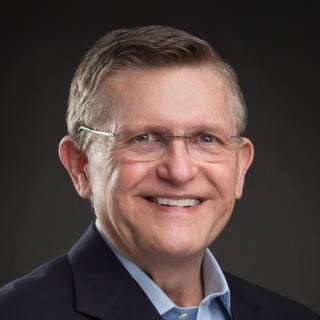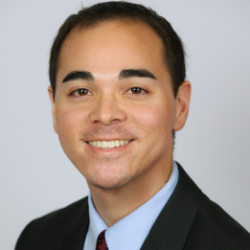The 64th ASH Annual Meeting and Exposition took place recently from December 10th through 13th in New Orleans, Louisiana. Like 2021, this year’s conference was held primarily in-person, though a virtual broadcast as well as a meeting platform were included with all registration types. Moreover, ASH offered expanded virtual access options: real-time experience (through January 1st, 2023), extended flexibility (February 1st, 2023), and best value (March 1st, 2023), allowing participants even more time to watch on-demand content and claim CME and/or MOC points.
As a clinical fellow in Hematology/Oncology, in-person attendance was not possible for me this year. As such, I have reflected on some benefits to attending conferences virtually below:
Virtual attendance expands access to medical education
One of the greatest benefits of the recent expansion of virtual conferences is greater access to educational content. Indeed, this change has been heralded as a “democratizer” in scientific research. For busy clinical trainees, virtual attendance allows for greater access to the latest updates in research and treatment of complex diseases. Additionally, virtual attendance helps alleviate the financial burden for trainees who are often simultaneously contending with loans to help finance costs associated with undergraduate (medical school) and graduate (residency and beyond) medical education. Most conferences also offer the added benefit of decreased registration costs for virtual attendance only.
Attending conferences virtually is better for the environment
Attending conferences virtually yields improved environmental outcomes compared to in-person attendance as the latter option typically involves emissions-heavy forms of transportation. A recent analysis by Lichter and colleagues demonstrated that, in addition to a 34% increase in conference attendance rate, at least 469.4 metric tons of CO2 emissions (the annual equivalent of 102.4 passenger vehicles!) were spared when the 2021 American Radium Society meeting went fully virtual. However, there are still some emissions associated with virtual attendance, such as electricity use for online streaming.
Virtual attendance usually allows for on-demand access
Let’s face it: health care providers are busy, and trainees in hematology/oncology are no exception! Whereas senior-level providers may have greater flexibility to change their clinical and non-clinical schedules, those in the beginning stages of training are often not afforded this flexibility. As such, on-demand access is paramount in staying up to date with the most recent advances in cancer care. Moreover, virtual conferences allow for a greater balance of professional and personal needs with prolonged on-demand access.
Virtual attendance has fueled social media (and vice-versa)
While some attendees rightfully worry about the loss of in-person networking opportunities, social media has filled a void in connecting conference attendees from diverse backgrounds and geographies. Indeed, there has been a meteoric rise in both meeting hashtags, impressions, and digital following during virtual and hybrid meetings in the socially distanced era, and this trend is expected to increase. As such, conference attendees often interact virtually on social media even when attending conferences in person so as not to miss key meeting messages of presentations.
Greater role of patient advocates and other organizational representatives
Virtual attendance not only allows for democratized access for clinicians and researchers but also patient advocates and other organizational representatives, such as those from industry. Indeed, many patients and allied patient advocates have rightfully called for virtual attendance options to remain in perpetuity as many patients with active malignancies adhere to social distancing guidelines during chemotherapy administration. Industry has also taken advantage of virtual attendance to conduct special symposia that are educational and/or commercial in nature.
I will continue attending conferences virtually whenever in-person attendance is not possible. What about you?
Dr. Kareff has a grant from GMaP Region 2, and honoraria from the Academy for Continued Healthcare Learning.
Image by Mykyta Dolmatov / GettyImages







